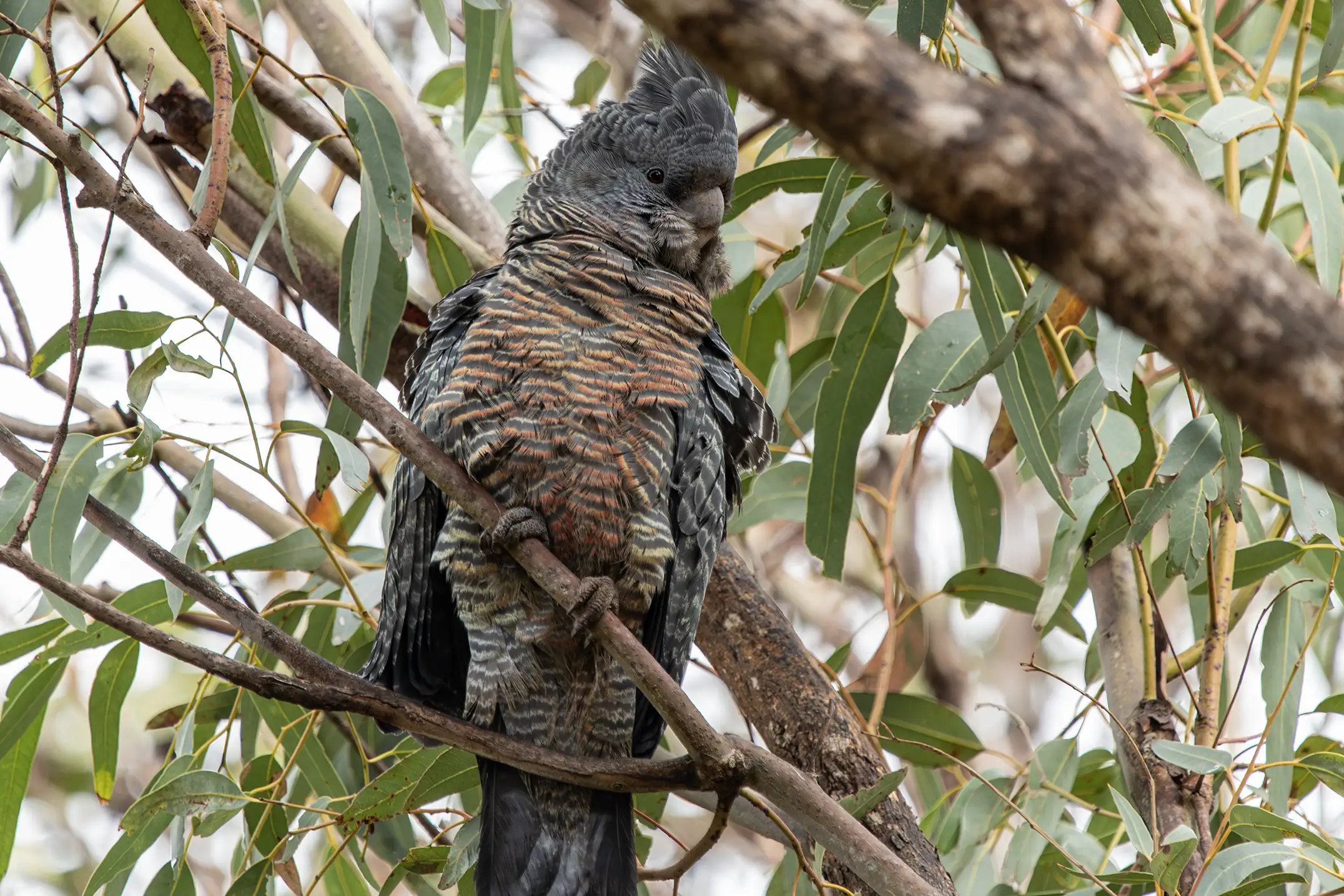A problem for parrots is a problem for us all
Life in the air



Your support will assist us to continue our research and content development, the greater our resources, the more we can do.
The more we have an accurate understanding of what is happening to nature, the more we can all do to protect what remains of our living planet.
This is also an opportunity for philanthropists to be part of an ongoing project that tells independent stories about the natural world, stories that will help us to better understand what is happening to species and places on our precious planet Earth.
Note: Creative Cowboy Films does NOT have tax deductible charity status.

The Nature Knowledge Channel is a very real way you can help the precious natural world and support the work we do in creating knowledge about the natural world.
Annual membership of the Creative cowboy films - Nature Knowledge Channel gives you full access to content, stories and films, available on this website. Becoming a member of the Creative cowboy films - Nature Knowledge Channel is a very real way you can help the natural world and support our work in creating a greater understanding about what is happening to it.
A point of difference
Creative cowboy films is independent, is not funded by governments or industry, and is not influenced by their associated interest groups. For reasons of independent research and content development, Creative cowboy films does NOT have tax deductible charity status.
Life in the air
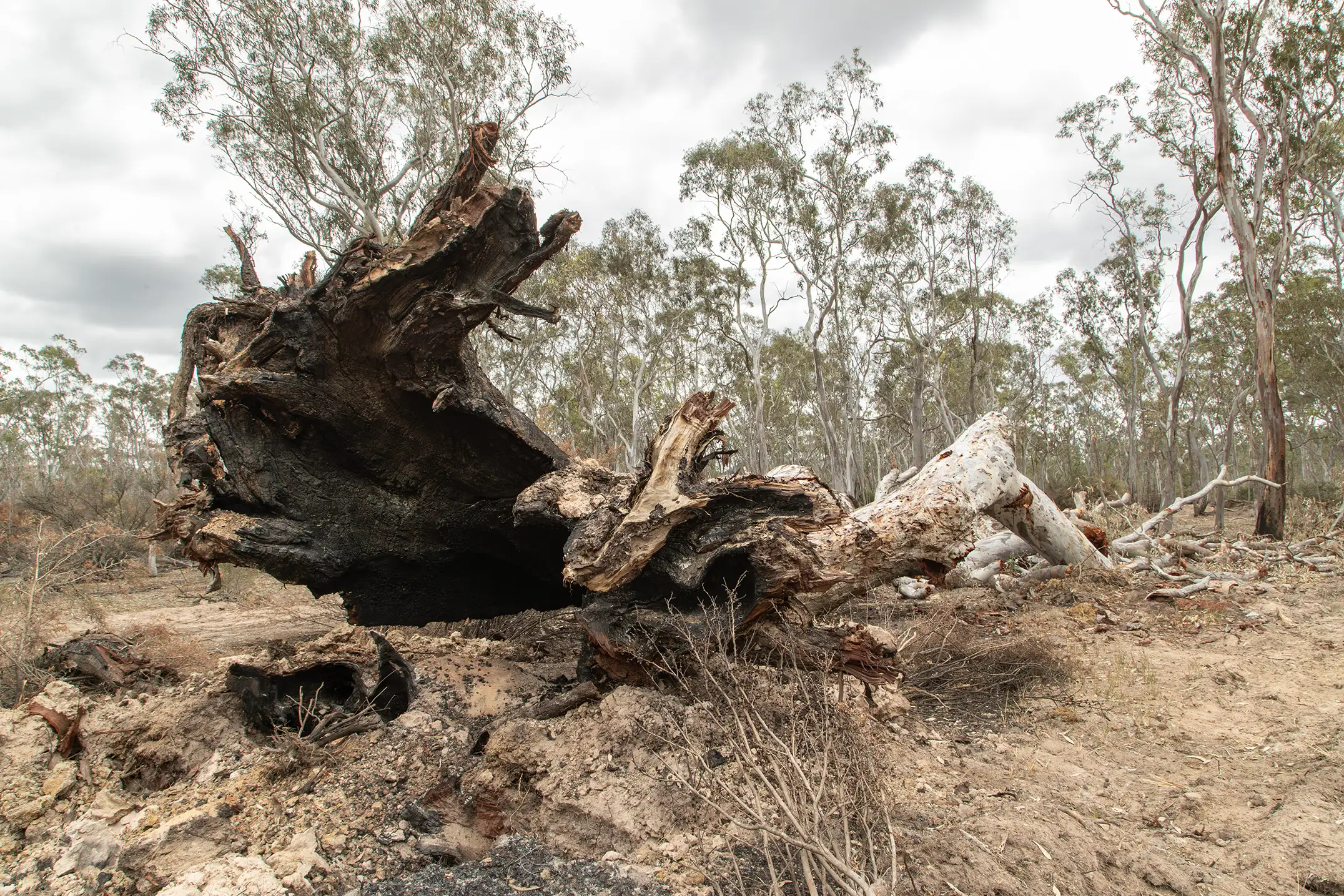
Loss of mature trees as a result of wildfire and reduction burns, all of which are entwinned with rapid climate change, means a hard road ahead for species that call tree hollows home.
Among those species that call tree hollows home is the Gang-gang Cockatoo, this family, refugees from the 2024 and 2025 Gariwerd National Park fires in the west of Victoria.
For all life on Earth, a home to go to is one of the most important things. Here we go back to a small selection of stories that tell of a changing climate and more.
Travelling from London to the other side of the Earth, which we have done so very often, is a gift, and we always recognised not everyone was lucky enough to travel so extensively around the world as we were able to do. When we first started making the trip to Australia over 50 years ago it took 35 hours, now it takes about 20 hours and is getting quicker still. The number of dollars it takes to make the trip is not much different. The world is getting smaller fast.
Our jet sped down the runway at Paya Lebar Airport and lifted into Singapore’s soft night air. As the plane made its way towards the North of Australia, Cyclone Tracy was about to destroy Darwin. It was Christmas Eve 1974.
Somewhere down below in the darkness that night, now so long ago, Kunwinjku artist, ceremony man and friend, Namarnyilk (dec), sheltered in the bathroom of the Darwin leprosarium.
Somehow that ‘strong wind’ had an impact on us all. Namarnyilk and Andrea and I all made it that Christmas Eve, now 51 years ago, but that ‘strong wind’ will always bind us together. For Andrea and I this first journey to Australia was the beginning of a lifetime of collecting Aboriginal art and a deep regard for Australian Aboriginal ideas and knowledge.
Cyclone Tracy with its winds of 240 kilometres per hour destroyed Darwin that night, killing 71 people and leaving 30,000 people homeless. By the time we touched down in Sydney, Cyclone Tracy had done its work and all hell had broken lose in Australia as the rescue effort began.
In Australia and in 1975, its National broadcaster, the ABC, had just began to broadcast its Science Show. The very first episode in August 1975, which in part was recorded at the 13th Pacific Science Conference in Vancouver, featured Lord Peter Richie-Calder. Lord Peter spoke about the very significant climate effects of humanity’s release of gasses from the use of fossil fuels. Sadly, and in the case of Australia, this message was to fall on deaf ears.
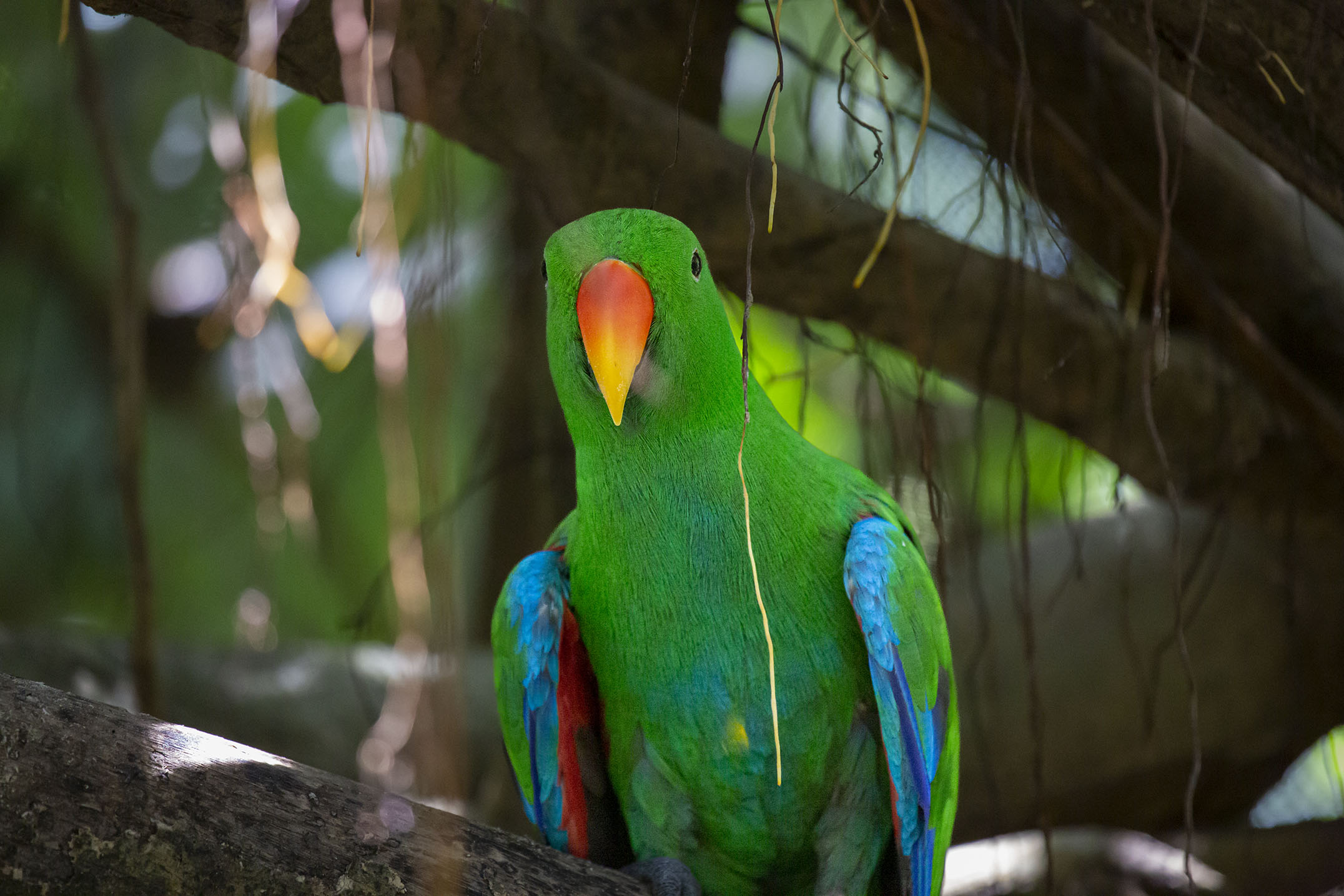
In 1976 we really did get to know the Pacific when we sank in the middle of it during a large storm. As it ended a couple of days later, we managed to swim to a small Tongan Island. The islands of the Pacific, stretching from New Guinea to Easter Island, are the source of some of the world’s most distinctive and powerful visual art. The forms this takes vary greatly from island to island. They include monumental stone carvings (Easter Island), wood figures, ceramic sculpture, bark paintings and elaborate body decorations made from paint, shell, fur and other natural materials.
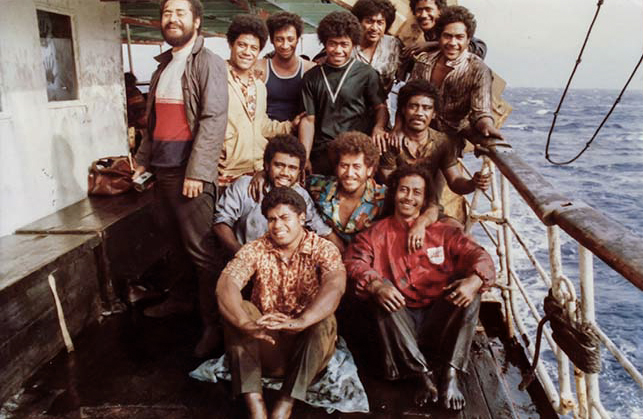
"Islands can be very powerful places, a kind of compression of all the happiness and sadness in the world". Peter Hylands
We think about three types of islands so clearly represented in the Torres Strait, the tops of mountains, Erub is an example, the coral cays formed from reef sediments, Masig is an example, and the mud flat islands of which Saibai, near the mouth of the Fly River is an example. Coral cays and mud flat islands are in trouble. If you happen to live on one then you have a big problem. Here Anote Tong (President of Kiribati 2003-2016) describes the problem:
“There are villages that are now facing problems, damage to the food crops and to the supply of fresh water. To such an extent that they will be gone within the decade. It is happening much faster….”.
And in this way people end up with nowhere to live and losing their culture in the inevitable dispersal of populations.
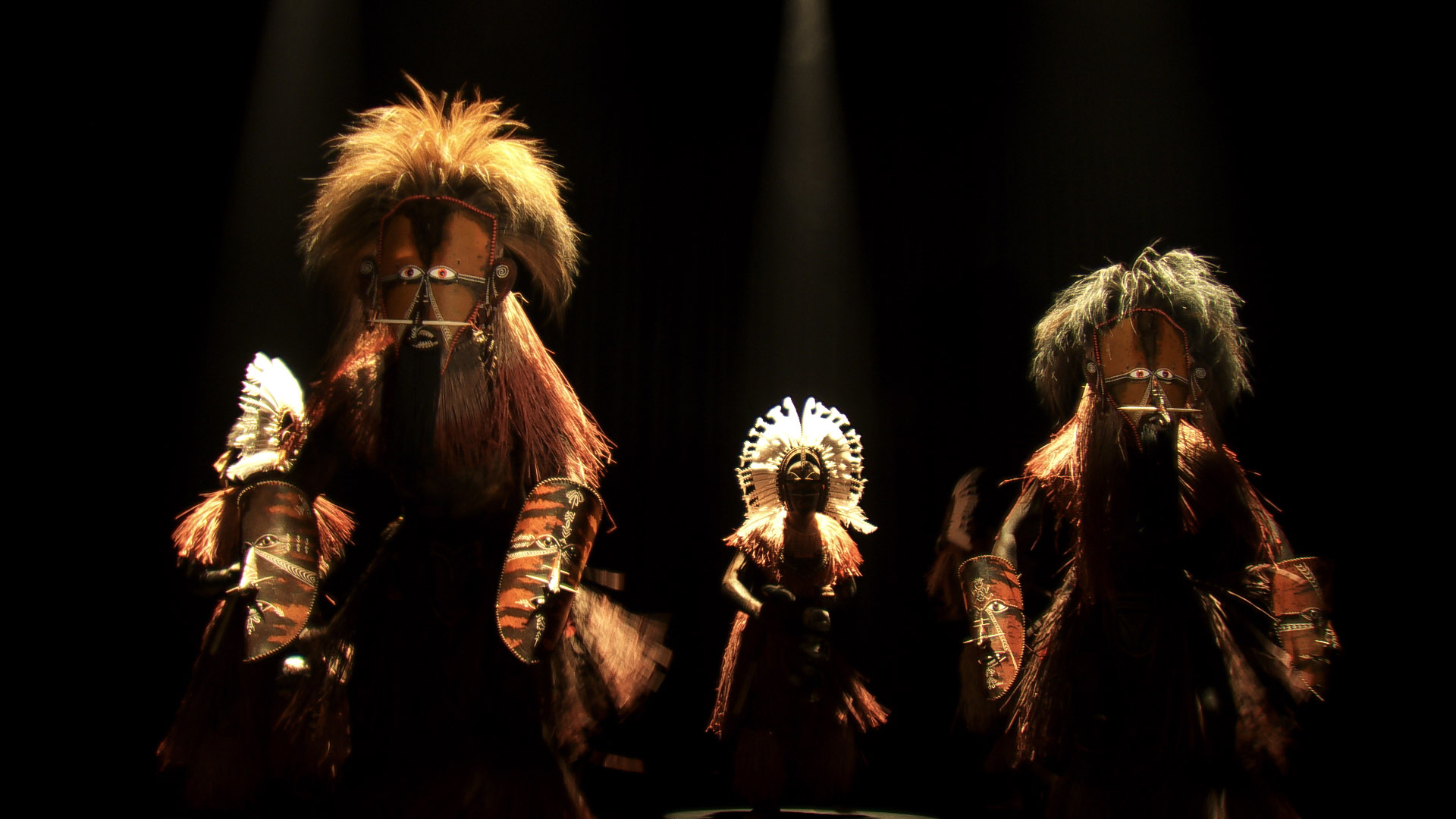
We are going to take you back to Saturday 7 February 2009, Andrea Hylands, Alex Schweder (Creative cowboy films Space Time Performance SFMOMA), Khadija Carroll (art historian then based in Cambridge and Berlin), Andrea Hylands and I sat at the dinner table at our then Australian country house, Hillgrove, in regional Victoria. This was the worst fire danger day in the history of Victoria since European settlement.
Outside, Victoria was indeed on fire, these fires were to kill 172 Victorians. In Melbourne the streets shimmered from the heat, the heat haze creating a mirage of reflecting water from the sweltering pavements. One hundred kilometres to the North West and at Hillgrove the temperature hit 50 degrees for the first time. This was a large colonial house from the days of the gold rush with thick walls, high ceilings and large verandas which sheltered the walls from the intense heat hammering down from the yellow sky.
Those of you who know Australia will know that the days of extreme heat are often accompanied by fierce winds. On this day the fierce jet of hot winds battered the trees, bowing them, leaves falling and tumbling in the air and across the ground. An occasional branch flew through the air.
The drought had been long, years and years, our water supplies were fast running out so nothing to be done if the fires came our way. The house with its large gardens and extensive areas of forest was nestled in a state park so the property was surrounded by an even greater area of forest stretching to the south for several kilometres.
For our visitors this was a long way from the freezing streets of Berlin, Cambridge and New York. The air around us was full of smoke but there were no signs of burning embers. So the fires were a long way off, for now at least.
What these record temperatures and long term lack of rain were doing to the environment was extraordinary. Large eucalypts in our garden, highly adapted to the climate were dying, trunks cracked and split because of the lack of moisture. All soaked in eucalyptus oil ready to explode if the fires came.
As the temperature hit 50 degrees the usually noisy and bird filled sky fell silent, all the birds on the ground now, Eastern Rosellas, Galahs, Sulphur Crested Cockatoos, Long-billed Corellas, Nightjars, Superb Blue Wrens, Currawongs, Magpies, Wattlebirds, Black Ducks and Wood Ducks and more.
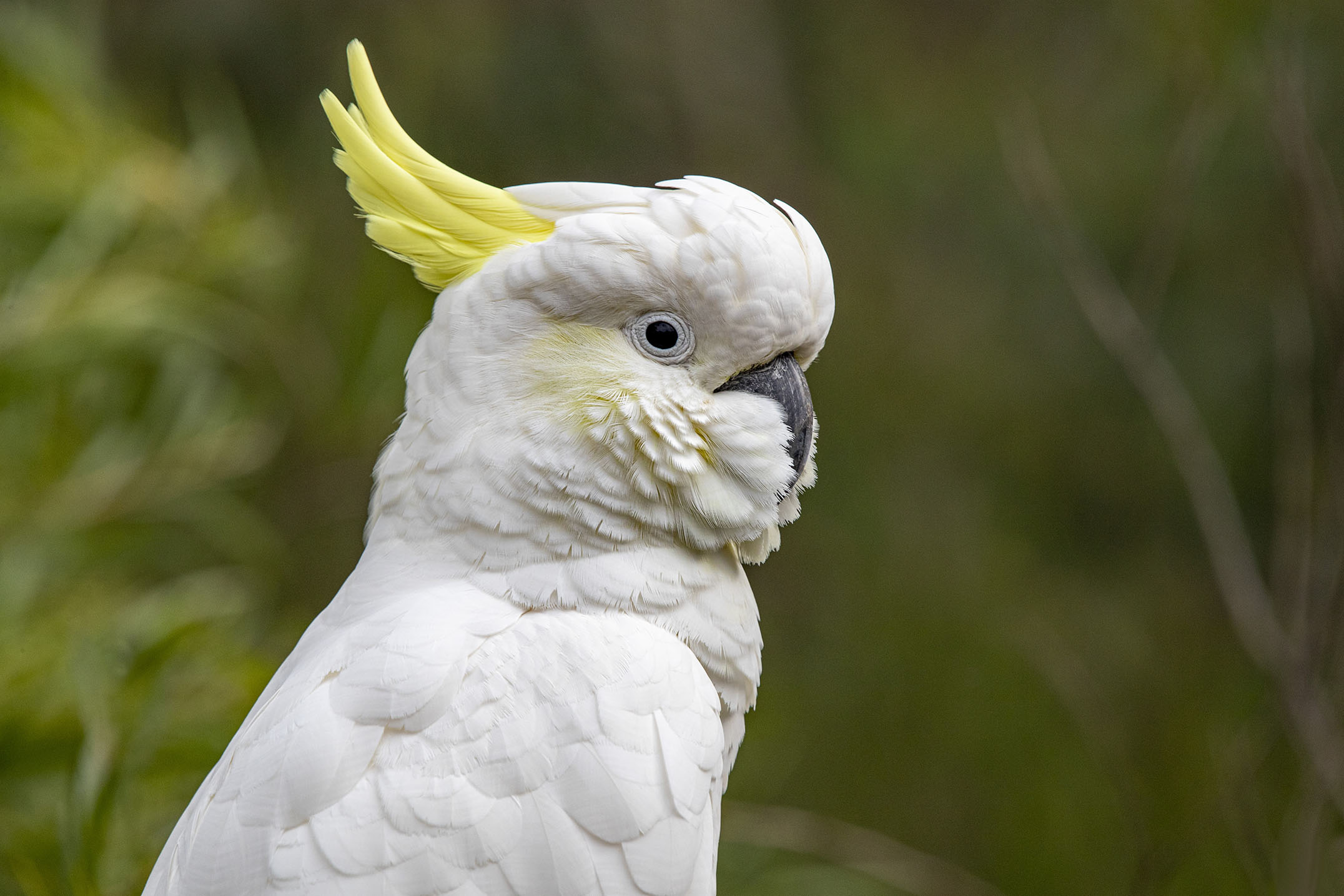
Bats were tumbling from the superheated roof spaces of the old house, ejecting themselves from the intense and deadly heat. On the veranda the small marsupials lay on their backs, faint and unmoving.
The Kangaroos lay panting by the house. The ground baked by the heat. We had water in buckets and used some of this to cool down the most distressed animals. There was no fear among this menagerie, there was just distress.
Many millions of plants, birds, marsupials, reptiles, insects and amphibians died in the fires and from the extreme heat that day. That day we were lucky and so were the animals on our lands. What shocked us was to see so much wildlife, most adapted to heat, suffering so badly under these extreme circumstances.
What happened that day was beyond the imaginings of Australian authorities. What had happened that day and in that place was at an intensity not known before in human memory. The idea that this was something new did not fit the cultural beliefs about climate at that time in Australia.
When it came to wild fires, worst, far worst was to come.
In Bangladesh we visit the Chars Livelihoods Programme (CLP phase 2) which began in 2010 and adds the districts of Lalmonirhat, Nilphamari, Rangpur, Pabna and Tangail. The programme is lifting at least a further 78,000 households from extreme poverty. Progress in meeting these targets has been good. When complete the two phases of the Chars Livelihoods programme will have assisted some 500,000 core participants and benefited a total of around two million chars residents, assisting them to participate in the ongoing economic and social development of the chars.
And so to our first story…….
In our world there has always been food, a house and a car, education and a job. I want you to imagine something. I want you to imagine that you stand in this world with nothing, no possessions, no money, no house, no toilet, no food, and despite the water that surrounds you for as far as the eye can see, no water for you to drink.
You stand there in the sodden earth. The very few possessions you once owned, a tin cup, a plate and a jar for carrying water, all swept away once more in the river flood. You are not alone, you stand in this place with tens of thousands of others.
Each of you with nothing.
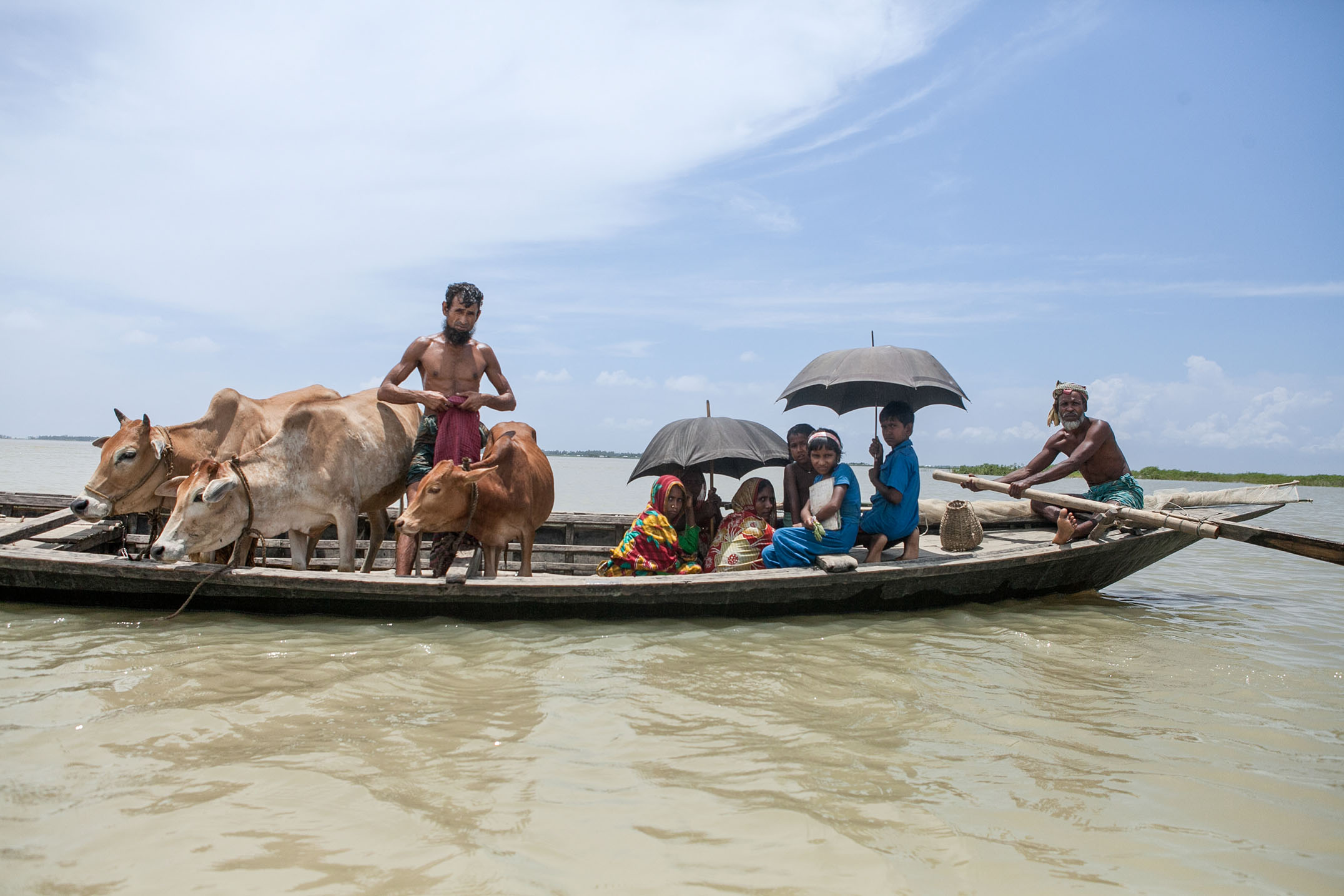
What the Keeling Curve was telling us was not good news for human world, nor the natural history of the world. The news, another major obstacle to survival of species and habitats.
In May 2013 the Earth System Research Laboratory, a facility on Mauna Loa, Hawaii, belonging to the National Oceanic and Atmospheric Administration (NOAA) recorded a daily average CO2 concentration of 400.03 parts per million (ppm), a reading of over 400 ppm for the first time in human history.
In 1958, when the first readings were taken from Mauna Loa, the concentration of CO2 was about 315ppm. The predictions at the time were that, in the following 12 to 18 months the average yearly reading would pass 400ppm and less than a decade after there will be no CO2 readings under 400ppm at all.
Footnote: In May 2025, the monthly average CO2 concentration at Mauna Loa reached a record high of 430.5 ppm. This followed an annual average for 2024 of 424.61 ppm.
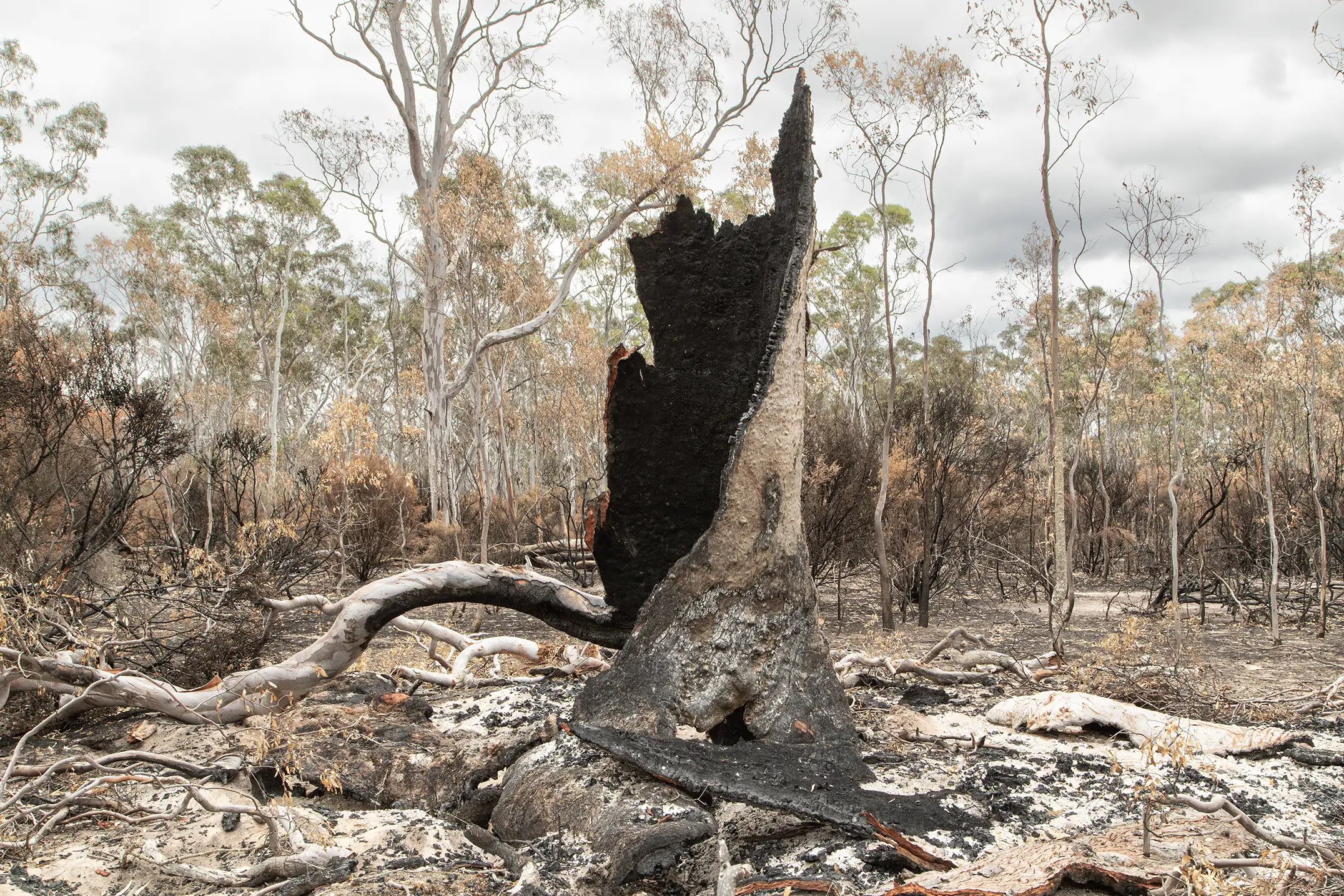
In 2009 we were in Maasailand when the drought broke. We are in the Rift Valley, Africa’s great wellspring of humanity. The Elephants are dying, not from poaching, but from climate change and drought. In September 2014 we receive an email from the Creative cowboy films Maasai scholar Francis Nkodidio Ole Sakuda, the droughts in Kenya are back.
In Africa, Emmanuel Parsimei describes the problem as it impacts his people:
“Changes in climate have a direct and powerful impact on Maasai people, drought means the death of the animals that are so central to Maasai culture. Drought brings severe food shortages and has a powerful impact on the ability to maintain cultural traditions. Drought creates poverty and diminishes the likelihood of sending children to school and then on to higher education”.
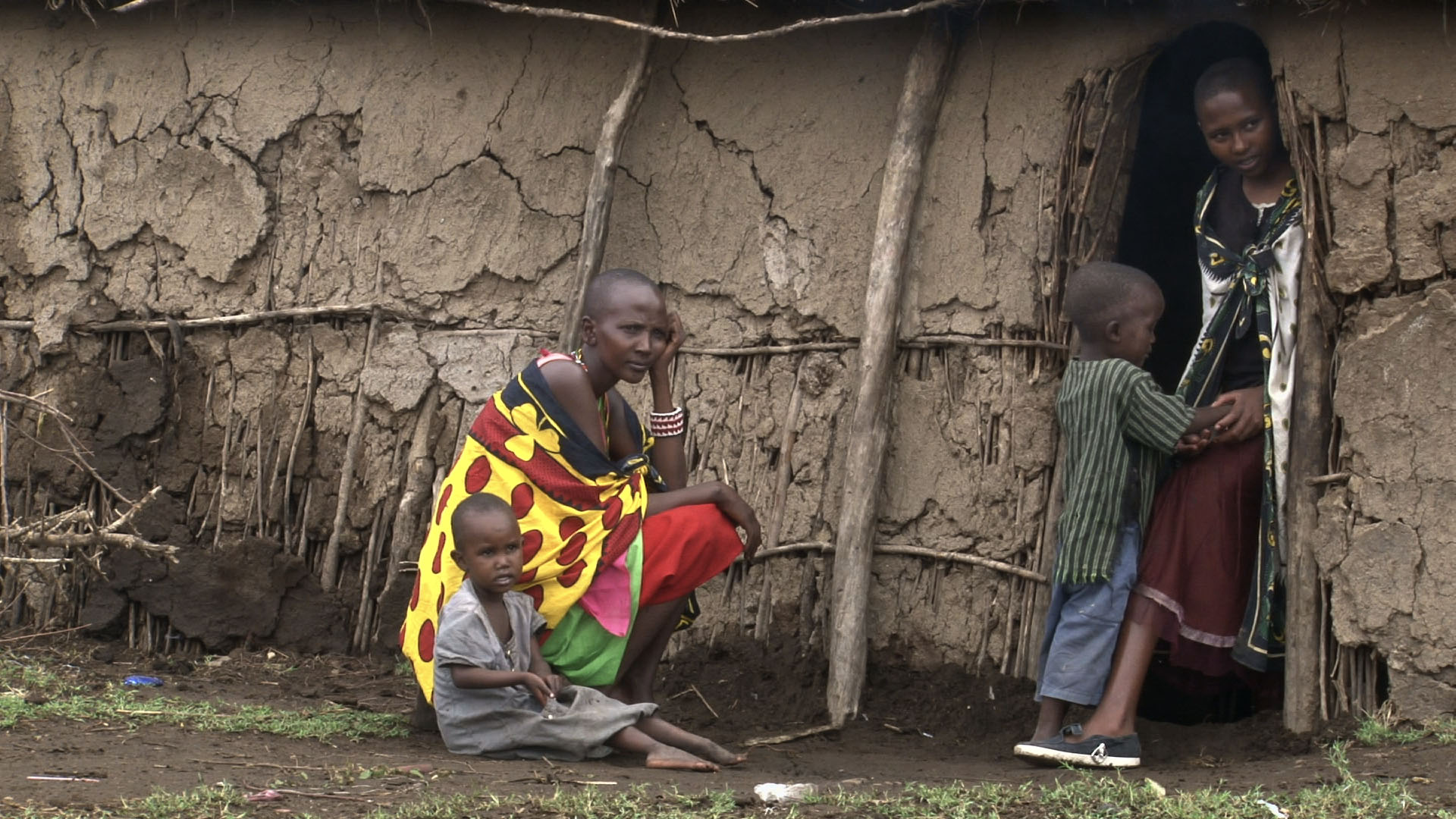
ENDNOTE
We should reflect on the impact of climate change for birdlife in Australia and we can only hope that our Gang-gang family find the home they must have if the species is to survive into the future.
